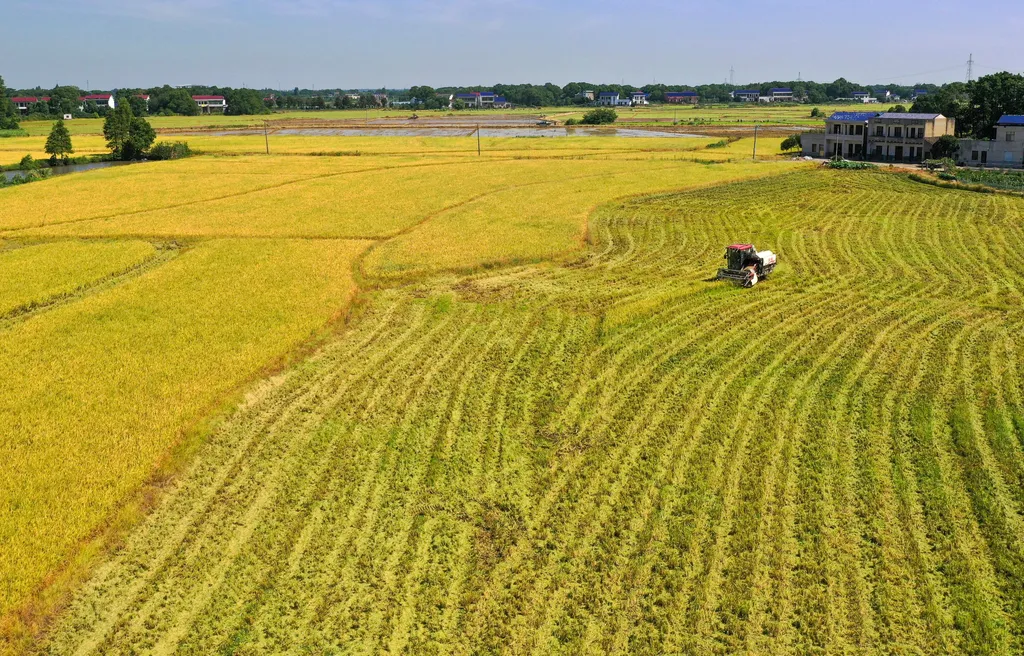In the heart of China’s agricultural research, a groundbreaking study led by Ruidang Quan at the Biotechnology Research Institute of the Chinese Academy of Agricultural Sciences has unveiled a promising strategy to enhance rice production in saline environments. Published in the *Journal of Advanced Research* (translated as *Journal of Advanced Research*), the research offers a beacon of hope for farmers grappling with salt-stressed fields and a potential game-changer for the global rice market.
Rice, a staple food for over half the world’s population, faces significant threats from salt stress, which stifles growth and reduces yield. Despite the urgency, the genetic and physiological mechanisms underlying rice’s salt tolerance have remained poorly understood, hindering the development of high-yield, salt-tolerant varieties. Quan and his team set out to change this, conducting extensive field trials with 166 Chinese rice cultivars from saline-affected regions and 412 global rice accessions.
Their findings are nothing short of transformative. The researchers discovered that an optimal plant height of 100–120 cm is crucial for sustaining high yields under both normal and salt stress conditions. Through a genome-wide association study (GWAS), they identified six novel quantitative trait loci (QTLs)/genes linked to rice plant growth and grain yield, distinct from previously recognized salt stress-related genes. Among these, the gene PHS10.1, encoding a serine/threonine protein kinase, emerged as a key player. “PHS10.1 may regulate carbon metabolism, starch, and sucrose metabolism, influencing plant growth and grain yield,” Quan explained.
The study also revealed that certain haplotypes of genes regulating plant height and grain yield, including SD1, Ghd7.1, GH3.5, and PHS10.1, have been selected in traditional breeding. By introgressing beneficial alleles of these genes, the researchers were able to optimize plant height and significantly increase grain yield in recipient lines under both normal and saline conditions.
The implications of this research are profound. “We propose that utilizing beneficial haplotypes to optimize plant height can effectively balance the growth–stress trade-offs in rice plants,” Quan stated. This strategy represents a promising breeding approach for developing crop varieties that are both high-yielding and salt-tolerant, offering a potential solution to the global challenge of food security in the face of climate change and soil salinization.
For the commercial sector, this research opens new avenues for investment in molecular breeding technologies and the development of salt-tolerant rice varieties. As the world’s population continues to grow, the demand for rice is expected to rise, making this breakthrough a timely and valuable contribution to the agricultural industry.
The study, published in the *Journal of Advanced Research*, not only advances our understanding of rice salt tolerance but also paves the way for innovative breeding strategies that could revolutionize rice production. As the global community grapples with the impacts of climate change, this research offers a glimmer of hope for a more resilient and food-secure future.

